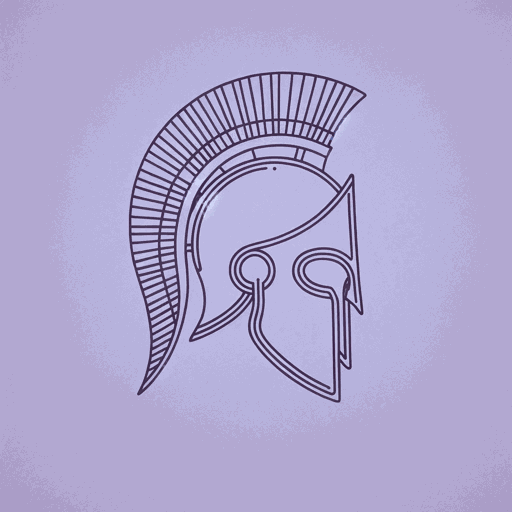74 pages • 2 hours read
Madeline MillerCirce
Fiction | Novel | Adult | Published in 2018A modern alternative to SparkNotes and CliffsNotes, SuperSummary offers high-quality Study Guides with detailed chapter summaries and analysis of major themes, characters, and more. For select classroom titles, we also provide Teaching Guides with discussion and quiz questions to prompt student engagement.
Symbols & Motifs
Moly
Moly, meaning “root” in ancient Greek, is a sacred plant worshipped for its ability, “the unyielding power of apotrope, the turning aside of evil” (100). Moly grows on the island of Aiaia and unlike other pharmaka, its purpose is fixed—breaking and guarding against curses. Odysseus uses Moly to protect himself from Circe’s magic. It appears to be undefeatable, and its magical properties are entirely defensive.
Irony of Prophecy
Throughout the book, prophecies are presented as fundamentally self-fulfilling; even actions taken to circumvent them end up completing them instead. This is seen in Circe’s references to Oedipus and characterized by Odysseus’ death. In both cases, the men kill their fathers. Athena does not want her favorite hero to die, so she threatens Telegonus’s life to protect Odysseus. This causes Circe to retrieve the tail of Trygon. Telegonus takes it to defend himself against Athena, and its poison kills Odysseus in a scuffle incited by Odysseus due to madness riled up by Athena. Athena is the architect of the death she sought to avoid, and Circe and Telegonus are equally unwilling accomplices. Circe observes and resents this irony:
The Fates were laughing at me, at Athena, at all of us.
Related Titles
By Madeline Miller



